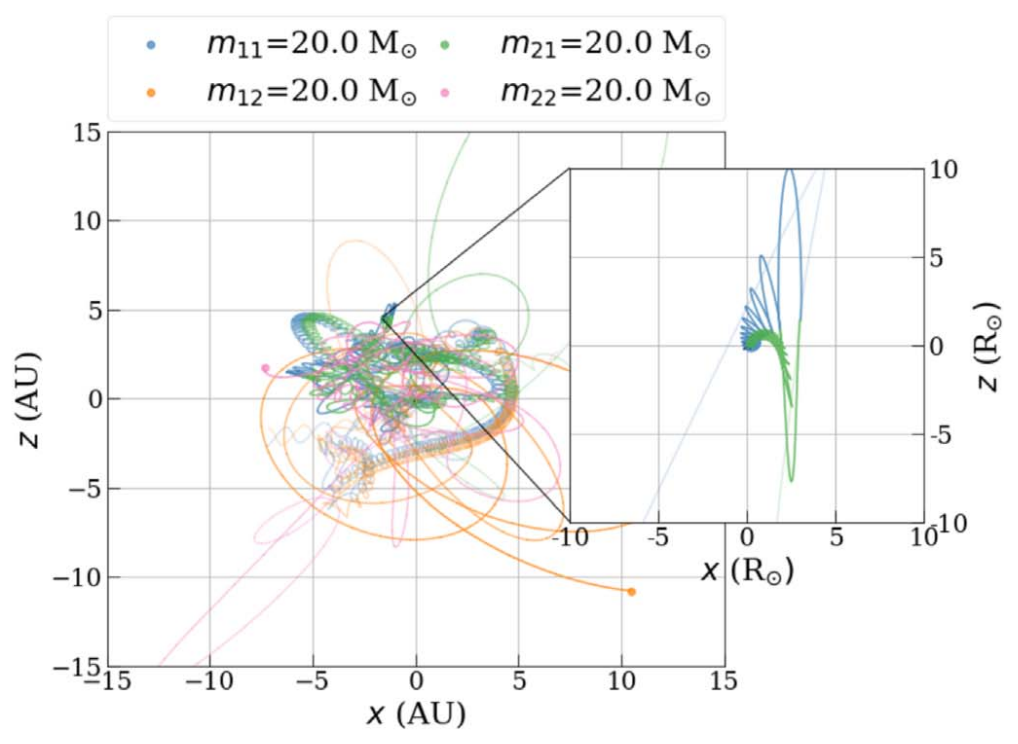How do you define eccentricity?

New paper with Aditya Vijayjumar and Alex Hanselman.
Black holes merging in the universe emit gravitational waves that we can detect. From these signals, we can tell how heavy the black holes were, how fast they were spinning, and how far away they merged. But there is another aspect of the signals that can be incredibly informing: orbital eccentricity, or how “stretched-out” the orbit is relative to a circular orbit.
Identifying eccentricity in a gravitational-wave signal would be a tell-tale sign that the black hole binary merged in a dense metropolis of stars such as a globular cluster. However, eccentricity is really tricky not just to measure, but even to define in general relativity. In a recent paper with Aditya Vijayjumar (postdoctoral fellow at Canadian Institute for Theoretical Physics) and Alex Hanselman (gradaute student at University of Chicago), we showed how different definitions of eccentricity across the literature do not mesh and can lead to vastly different astrophysical implications. We also provided a standardized scheme for scientists to use when comparing eccentricity predictions from astrophysical simulations to gravitational wave modeling.